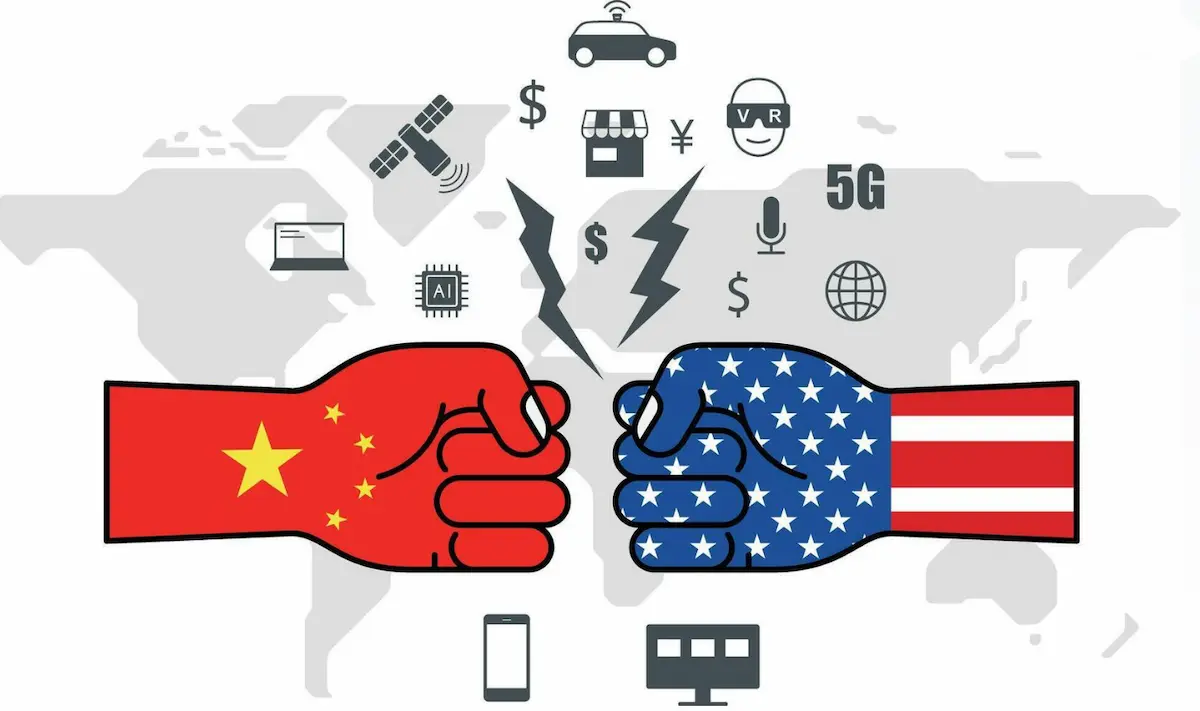In 2025, the European Union finds itself at a crossroads in its trade relationship with the United States. The re-imposition of tariffs by the U.S. has reignited tensions, challenging the EU to choose between strategic patience through multilateral frameworks like the World Trade Organization (WTO) or engaging in direct negotiations that may lead to a trade confrontation. This complex scenario demands a nuanced approach, balancing economic interests, legal commitments, and geopolitical considerations. Explore the EU balancing act response to escalating U.S. tariffs in 2025, analyzing its strategic choices between WTO alignment and direct negotiations, with insights from procurement expert Mattias Knutsson.
The stakes are high. Transatlantic trade supports millions of jobs, drives innovation, and represents nearly one-third of global GDP. Any prolonged disruption could ripple across global markets, affecting supply chains, investment patterns, and consumer prices. As the EU charts its next steps, it must weigh short-term political pressures against its long-term strategic vision for global trade leadership.
EU Balancing Act: The Current Trade Landscape
The U.S. has introduced a series of tariffs affecting various sectors, prompting the EU to consider its response carefully. Key developments include:
- Tariff Impositions: The U.S. has imposed tariffs on European steel, aluminum, luxury goods, and some agricultural products, citing national security concerns and competitive fairness.
- EU’s Initial Response: The EU has temporarily suspended immediate countermeasures to allow space for negotiations, demonstrating a preference for dialogue over retaliation.
- Negotiation Stalemate: Despite months of discussions, significant gaps remain, particularly concerning U.S. demands for changes in the EU’s carbon border adjustment mechanism (CBAM), state subsidies, and VAT systems, which the EU considers foundational to its economic structure.
- Broader Context: The tariffs come amid a tense backdrop of global economic slowdown, energy market volatility, and growing geopolitical competition among major powers.
Strategic Options for the EU Balancing Act
The EU’s response strategy encompasses several avenues, each with its own risks and rewards:
- WTO Alignment:
- Upholding the rules-based international trade system by challenging U.S. tariffs through the WTO’s dispute settlement mechanism.
- Pros: Reinforces global norms and EU’s image as a defender of multilateralism.
- Cons: WTO rulings can take years, and the U.S. has historically sidestepped unfavorable outcomes.
- Direct Negotiations:
- Engaging in bilateral talks with the U.S. to seek a resolution, potentially involving concessions in unrelated sectors (e.g., digital trade or pharmaceutical standards).
- Pros: Faster resolution, potential to secure broader agreements.
- Cons: Risk of perceived weakness or division among EU member states.
- Targeted Retaliation:
- Preparing a phased approach to impose retaliatory tariffs on U.S. goods, focusing on politically sensitive sectors like bourbon, motorcycles, and denim.
- Pros: Immediate pressure on U.S. constituencies that influence Washington.
- Cons: Escalation risk, consumer price increases in Europe.
- Leveraging the Anti-Coercion Instrument (ACI):
- Utilizing the ACI to respond to economic coercion, allowing the EU to implement countermeasures more quickly without requiring unanimous approval from all 27 member states.
- Pros: Demonstrates unity and readiness.
- Cons: Could invite further confrontation if seen as overly aggressive.
Economic Implications: The High Stakes of Delay
The trade tensions have significant economic ramifications across key sectors:
- Trade Volume:
- In 2024, the EU exported €412 billion worth of goods to the U.S., while imports from the U.S. reached €285 billion.
- A prolonged dispute could shave 0.3-0.5% off EU GDP growth annually, according to the European Commission.
- Sectoral Impact:
| Sector | Exposure to U.S. Tariffs (%) | Key Products Impacted |
|---|---|---|
| Automotive | 35% | Cars, parts, electric vehicles |
| Agriculture | 22% | Cheese, wine, olive oil |
| Industrial Goods | 28% | Machinery, aircraft parts |
- Investment Climate:
- Multinational companies may delay or reroute investments if market access uncertainty persists.
- The Euro weakened by 2.4% in early 2025 amid trade uncertainty, increasing inflation risks.
Expert Insight: Mattias Knutsson’s Perspective
Mattias Knutsson, a strategic leader in global procurement and business development, emphasizes the importance of a balanced approach:
“In the face of escalating trade tensions, the EU must navigate carefully, leveraging its commitment to multilateralism while being prepared to protect its economic interests. Strategic patience, coupled with readiness for decisive action, will be key to maintaining stability and fostering sustainable trade relations.”
Knutsson also notes that businesses are closely watching Brussels’ moves:
“Supply chain managers need predictability. Every delay in clarifying trade policies translates into billions of euros in risk adjustments, insurance premiums, and lost competitiveness.”
Conclusion: Charting a Course Forward
The European Union’s (EU) challenge lies in balancing act its foundational commitment to a rules-based international order with the pragmatic need to safeguard its economic interests in a turbulent geopolitical environment. Its decisions in the coming months will not only shape its relationship with the U.S. but also define the EU’s role as a global trade power in the 21st century.
By pursuing a dual strategy of engaging in negotiations while reinforcing multilateral institutions and preparing calibrated retaliatory measures, the EU balancing act aims to uphold its values without compromising its economic stability. Key to success will be maintaining internal unity among member states and ensuring transparent communication with the public and businesses.
As Mattias Knutsson aptly summarizes:
“Trade wars are easy to escalate but incredibly hard to unwind. The EU must act like the strategic heavyweight it is—resilient, patient, but never passive.”
The coming months will reveal whether strategic patience can yield a resolution—or whether a more assertive stance becomes inevitable. Either way, the EU’s actions will have lasting implications for the future architecture of global trade.





